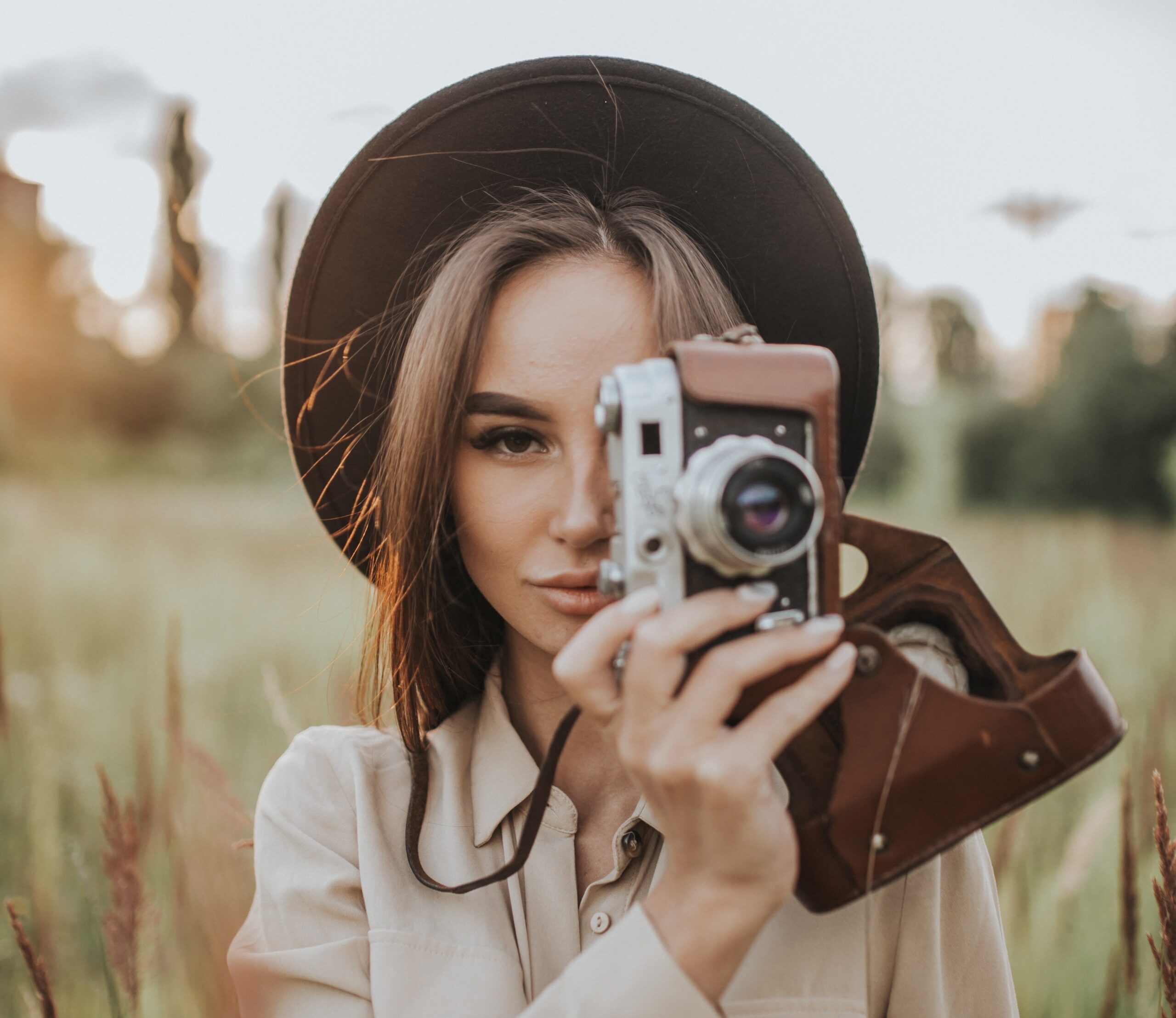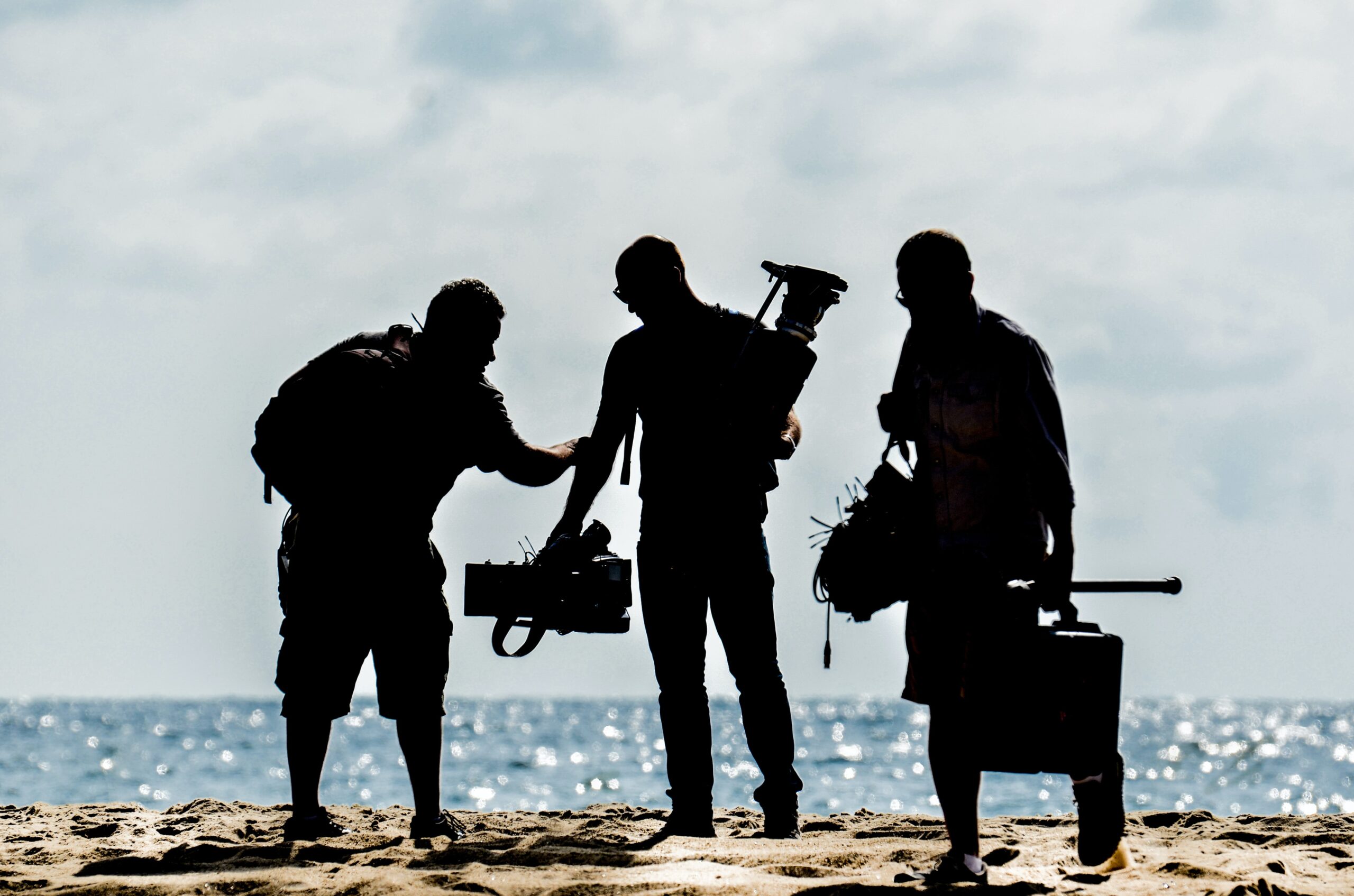Television is an interesting beast. It has an outsized power to shape minds and actions.…

Picture Perfect
As our TV crews and Editors travel the world to capture our planet in high definition they have had the privilege of being a part of many great experiences. From Australia to Zimbabwe; across the African plains to the Steppes of Asia; in ancient towns and through ultra modern cities, we’ve been able to capture some remarkable people and places. And while we’re filming for television our crews are also taking pictures. In fact, our teams have earned a reputation in the industry for taking great photographs and so we’re often asked for advice. And since it’s the summer and we’re in a good mood, we thought we’d share a few secrets on how to take better pictures.

It’s all in the subject
We’re often asked what’s the best camera and our answer is always the same, it’s the one you have. You may have a top of the line Nikon but if it’s on your shelf at home and aliens land in the cornfield in front of you, it’s pretty useless. That’s why we love having cellphones with good cameras. The latest iPhone or Android cameras are great and you can buy a host of excellent photography apps to further improve your pics. We also like to carry a little digital point and shoot camera. And there are tons of affordable DSLRs or digital point and shoot cameras. It’s really less about the tools and more about the opportunities you have to capture.

You’re Being Framed
The nicest shots, whether they’re portraits of people or shots of architecture or wildlife are always purposely composed. In photographic terms it’s called the Rule of Thirds. Without getting too technical it basically dictates that a shot should be composed so that the subject isn’t in the center of the frame, rather off to the side. This creates, more emotion and greater tension. Shots framed where the subject is in the center seem more fake, more like a Sears catalogue shot, while framing in the outer thirds tend to make shots look more natural, more artistic and more like a National Geographic shoot.

If a boat were sinking and you could save the passengers or photograph the disaster, what lens would you use?
Once you get into photography it is hard not to get obsessed. There is so much that you can do with light and shadows, changing lenses or playing with the shutter and Depth of Field, that it is easy to get hooked. And that’s a good thing, because digital photos are free and the more you take, the better you get.
Our advice is to get into the habit of taking a camera with you wherever you go, not just when you travel. Shoot, share and learn. Once you learn the basics and are comfortable with your camera start using Photoshop or any other photo editing software and you’ll open up yet another new level of fascination.
Not everyone will become Ansel Adams and there probably are too many pics of food on Instagram, but there is a niche for you. And we promise in the years to come when you look back at your work you’ll be glad you took the time to learn a little.



